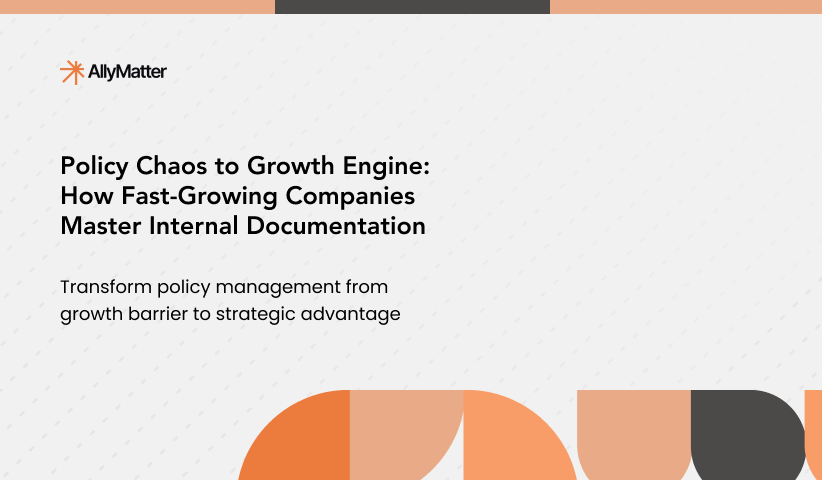
Imagine a company where expertise walks out the door with every departing employee. Tribal knowledge, accumulated over years, vanishes overnight. This was the reality for many organizations before the rise of internal knowledge documentation and sharing practices. Our journey through this history unveils a fascinating evolution, from hand-scribbled manuals to sophisticated digital platforms. We’ll explore how businesses have tackled the challenge of capturing and disseminating valuable internal knowledge, ultimately fostering a more informed, efficient, and innovative workforce.
Before the internet and before even computers were commonplace across enterprises, the world was way different. Business environments were even more different. The way we used to store and share information required long periods of writing and recording. This was followed by long weeks and months of training, or sometimes even years of partnering with someone experienced to understand how to accomplish tasks in a certain specific environment.
The Middle Ages had guilds where apprentices would work their entire life with a master to learn how to do something. This was a necessary step before you were allowed to work in that profession.
Things gradually changed after the Industrial Revolution which led to the rise of formalized apprenticeships and mentoring led by workers in the factory.
The Cambrian explosion in enterprise knowledge sharing
Even before the advent of the internet and computers, there was a Cambrian explosion in the technology and methods to store and share enterprise knowledge or knowledge in general.
Before the advent of the internet, companies relied on various traditional methods to store and share internal information and processes. These methods included:
Paper-based documentation
Companies maintained physical records, such as printed manuals, handbooks, and file folders, to store information about policies, procedures, and best practices.
Filing cabinets and archives
Companies stored important documents and records in filing cabinets, organizing them by department or topic. Larger organizations often had dedicated archives for long-term storage.
Binders and reference books
Companies often kept compilations of important information, such as employee handbooks, standard operating procedures (SOPs), and product catalogs, in binders or printed them as reference books.
Microfilm and microfiche
These film-based storage methods allowed companies to store large amounts of information in a compact format, which could be read using special viewing machines.
In-house libraries
Some larger organizations maintained in-house libraries that housed books, journals, and other reference materials relevant to their industry or operations.
Intranets
In the early days of corporate networks, before the widespread adoption of the internet, some companies set up internal networks (intranets) to share information electronically within the organization.
Bulletin boards and memos
Companies often shared important announcements, updates, and information through physical bulletin boards in common areas or distributed printed memos to employees.
Training sessions and workshops
Companies relied on in-person training sessions and workshops to share knowledge and best practices among employees.
Apprenticeships and mentoring
Experienced employees would often pass down knowledge and skills to newer employees through apprenticeships and mentoring relationships.
While these methods allowed for the storage and sharing of information, they often faced challenges such as limited accessibility, difficulty in updating and maintaining records, and the potential for information silos within the organization.
A brief timeline of internal enterprise wikis
The history of enterprise internal wikis can be traced back to the early days of the World Wide Web and the development of collaborative online platforms. Here’s a short timeline of the evolution of internal enterprise wikis:
- 1995 – Ward Cunningham develops the first wiki software, WikiWikiWeb, to facilitate collaborative document creation and sharing among programmers.
- 1999 – Jive Software is founded, which would later become a major player in the enterprise collaboration software market, offering tools like internal wikis.
- 2001 – Wikipedia, the world’s largest online encyclopedia, is launched, demonstrating the power of collaborative knowledge sharing on a massive scale.
- 2002 – Socialtext, one of the first enterprise wiki platforms, is founded, providing businesses with a tool to create and manage internal wikis.
- 2004 – Atlassian launches Confluence, a popular enterprise wiki and collaboration platform that gains widespread adoption in the following years.
- 2005 – Microsoft introduces SharePoint, which includes wiki functionality as part of its enterprise content management and collaboration suite.
- 2006 – IBM releases Lotus Connections, an enterprise social software platform that includes wikis as a core feature.
- 2007 – Google launches Google Sites, a free wiki and web page creation tool, which is later incorporated into Google Workspace (formerly G Suite).
- 2008 – Enterprises increasingly adopted wikis as a means of internal knowledge management and collaboration.
- 2010s – Enterprise wiki platforms continue to evolve, integrating with other collaboration tools like chat, task management, and document sharing.
- 2013 – Atlassian goes public, reflecting the growing demand for enterprise collaboration software, including wikis.
- 2018 – Notion, an all-in-one workspace that includes wiki-like functionality, gains traction among businesses and individuals.
- 2020s – The COVID-19 pandemic accelerates the adoption of remote work and digital collaboration tools, further highlighting the importance of enterprise wikis for knowledge sharing and teamwork.
Throughout this history, enterprise internal wikis have evolved from simple collaborative document editing platforms to integral parts of comprehensive enterprise collaboration suites. Today, wikis continue to play a crucial role in helping organizations capture, organize, and share knowledge across teams and departments.
How AllyMatter helps
While the evolution of enterprise knowledge documentation shows remarkable progress, growing companies need platforms that address current workplace challenges. Modern knowledge management requires more than basic wiki functionality.
AllyMatter’s enterprise knowledge management platform centralizes documentation with smart approval workflows, granular access control, and comprehensive audit trails. The platform enables teams to find critical information instantly through intelligent organization and powerful search capabilities.
For growing companies managing complex compliance requirements, AllyMatter provides complete audit trails and version tracking. Teams can collaborate effectively with secure commentary and built-in document signatures, eliminating the need for multiple disconnected tools.
The platform scales with your organization, supporting everything from HR policy management to technical documentation, while maintaining enterprise-grade security and role-based access management.
Ready to transform your knowledge management approach? Join the waitlist.
Frequently asked questions
How did enterprise knowledge documentation evolve from traditional methods?
Enterprise knowledge documentation evolved from paper-based manuals and filing systems to digital wikis and collaborative platforms. The transformation began with the rise of intranets in the 1990s and accelerated with wiki technology. This allowed real-time collaboration and centralized knowledge sharing across departments.
What were the main limitations of pre-digital knowledge sharing methods?
Traditional methods like paper manuals and physical archives created information silos. This made updates difficult and time-consuming, and limited accessibility to knowledge. Additionally, those methods relied heavily on individual expertise that could be lost when employees left the organization.
When did enterprise wikis become mainstream in business?
Enterprise wikis gained mainstream adoption in the mid-2000s, particularly after the introduction of platforms like Confluence (2004) and SharePoint (2005). The 2020 pandemic further accelerated adoption as remote work highlighted the need for centralized, accessible knowledge systems.
How do modern knowledge management platforms differ from early wikis?
Modern platforms integrate advanced features like granular access controls, automated workflows, smart search capabilities, audit trails, and AI-powered organization. They’ve evolved from simple collaborative editing tools to comprehensive knowledge management ecosystems that support compliance, security, and scalability needs.


